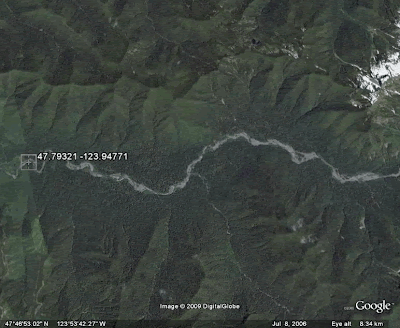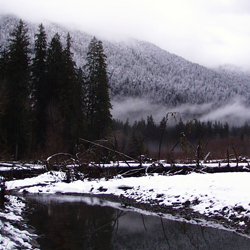It’s a little like National Novel Writing Month, (NaNoWriMo.org) where writers challenge each other to write 1,700 words a day for 30 days, or the great folks over at February Album Writing Month (fawm.org), who encourage artists to write 14 new songs in February. Maybe they don’t have “Grapes of Wrath” or “Abbey Road” at the end of the month, or maybe they do—but that’s not the point. The point is they get busy and stop waiting around for the muse to appear. Get the gears moving. Do something. You can’t write 1,700 words a day and not get better.
Don’t wait for inspiration – taking action puts you in a position to get inspired. You’ll stumble across ideas you would have never come up with otherwise, and maybe only because you were trying to meet a day’s quota of (song)writing. Show up and get something done, and invest in yourself and each other.
Anyone can come up with an excuse to say “no,” so don’t. Many of you are thinking “But, I can’t do that! I don’t have any songs/recording gear/money/blah blah blah…” But this doesn’t have to be the album, it’s just an album. Remember, this is an artistic exercise. Just do your best using what you have in order to get it done. If you have a four-track, become a four-track badass! A mini disc, a pro-tools rig, a Walkman, an 80’s tape recorder – use it. Do your best. Use the limitations of time and gear as an opportunity to explore things you might not try otherwise. If you can afford studio time in a “real” studio, fine, but let’s be completely free of any lingering idea that “good” records can only be made in a studio. If that were so, then all the old scratchy blues records or Alan Lomax field recordings that have changed our culture – the world’s culture – wouldn’t still resonate with us today as they do. Springsteen’s haunting classic “Nebraska” was a demo he did at home on a crappy machine. That album is fricking awesome. What label would put those recordings out now? (See: who cares) There are a million examples of this kind of stuff, but the fact will always be: Well written, honest music is compelling and undeniable no matter what it was recorded on. So put it to tape.
February will come and go whether you’ve joined in or not, but do you really want to be left out?
To recap:
• This will be fun!
• Ten songs or 35 minutes of recorded material, on a CD, postmarked or hand-delivered by noon on March 1 to:
RPM HQ
10 Vaughan Mall, Suite 1
Portsmouth, NH 03801
USA
• Recording can only be done in the month of February – no prerecorded songs.
• All material must be previously unreleased, and we encourage you to write the material during February too.
• Participating bands get their own page on the site, which you can blog to as much as you want. You also get access to the band-only discussion board, where you can swap ideas, resources, etc., and the ability to e-mail and private message with the other participants.
• All the completed albums may be put up in the jukebox on the website, if you so choose, so people can check it out; conversely, if you’d rather not share your work with the public, then no one needs to hear it but us.
Write some instrumentals, split up the songwriting duties amongst band members, form an RPM side project, write songs on the piano or clarinet instead of your primary instrument, make that metal album you’ve always wanted to – buy a ukulele! Just do your best to make the best album you can. Be unafraid.
What if every musician you knew put their music first for 28 days?
What if you recorded the best song of your life?
What if the world was never the same?
What’s stopping us? Nothing. February is Record Production Month. You have no reason to say no, and nothing to lose.




